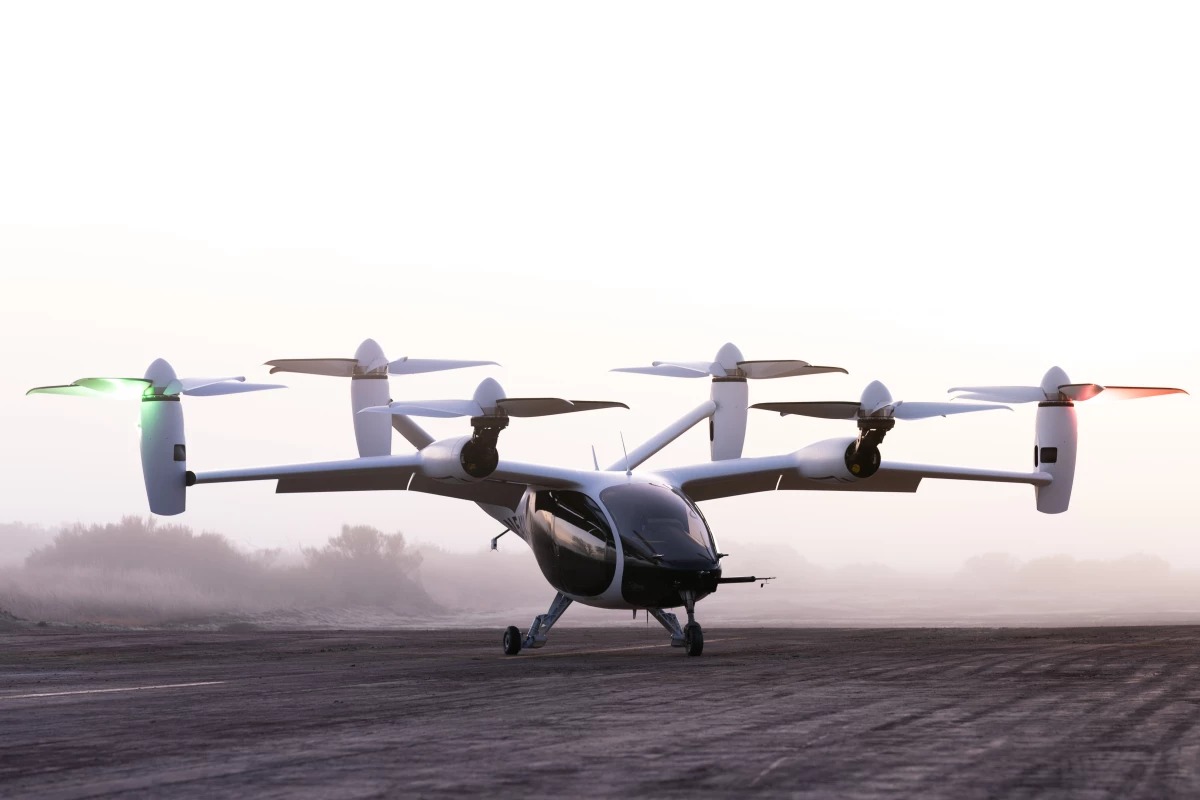When it comes the the eVTOLs Joby Aviation is making as many moves as anyone, and its latest centers on new mobility options for the people of Japan. The startup has joined forces with the country's largest airline to establish an aerial ridesharing service, with Toyota also onboard to explore transport connections on the ground.
We got our first look at Joby's vision for the future of urban transport back in 2015 when the company showed off an electric aircraft designed to take off and land vertically, and tilt its propellors at altitude to fly horizontally at impressive speeds. And we recently saw just how quickly the company's aircraft can travel, with its S4 electric air taxi prototype hitting a true airspeed of 205 mph (330 km/h), faster than any eVTOL to date.
As its flight testing program continues apace, the company is also forging ahead on the administrative side of things, having outlined a vision for vertiports on top of multi-story carparks and moving its US certification efforts along with the reveal of a second pre-production eVTOL model. Earlier this month it also partnered with local telecommunications company SKT to introduce an air taxi service in South Korea.
Announced today, the new partnership with airline Ana involves using its five-seat all-electric aircraft for aerial travel around Japan. This air taxi has a top speed of 200 mph (321 km/h) and maximum range of 150 miles (241 km), with the 31-mile (50-km) journey from Osaka station to Kansai International Airpot offered up as an example of the type of route it could service.
This currently takes 55 minutes by car, but Joby's flying taxi could complete the trip in 14 minutes, according to the duo. Ana and Joby will work together on pilot training, infrastructure, air traffic management and regulation requirements. Toyota, which is actually Joby's largest investor and has worked with the startup since 2019, will investigate how ground transportation can be integrated into the service.
“Joby exists to help people save time while reducing their carbon footprint," said JoeBen Bevirt, founder and CEO of Joby. "Japan offers us a spectacular opportunity to do just that with 92 percent of the population living in urban areas and Tokyo registering as one of the top 20 most congested cities in the world."
Source: Joby Aviation




